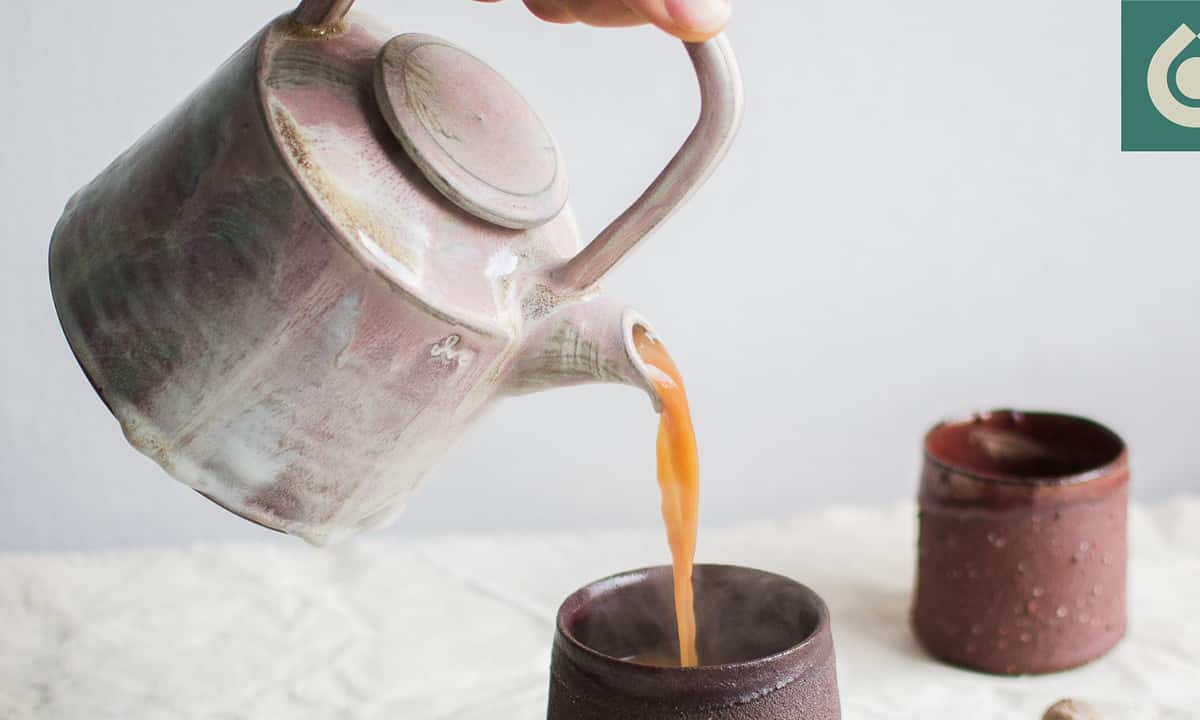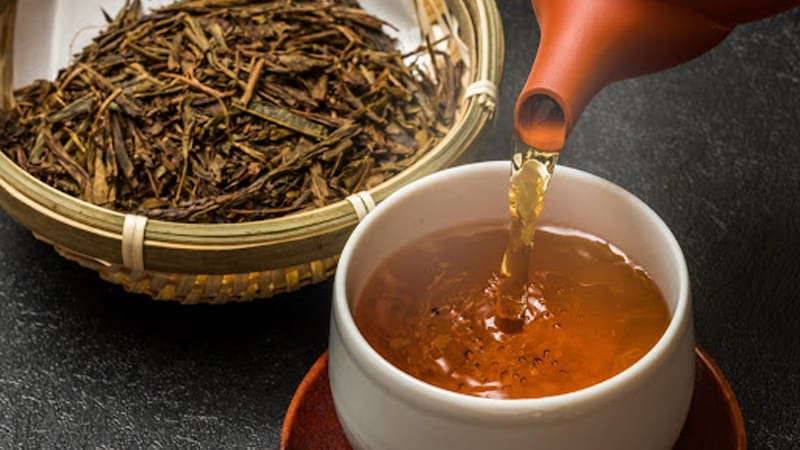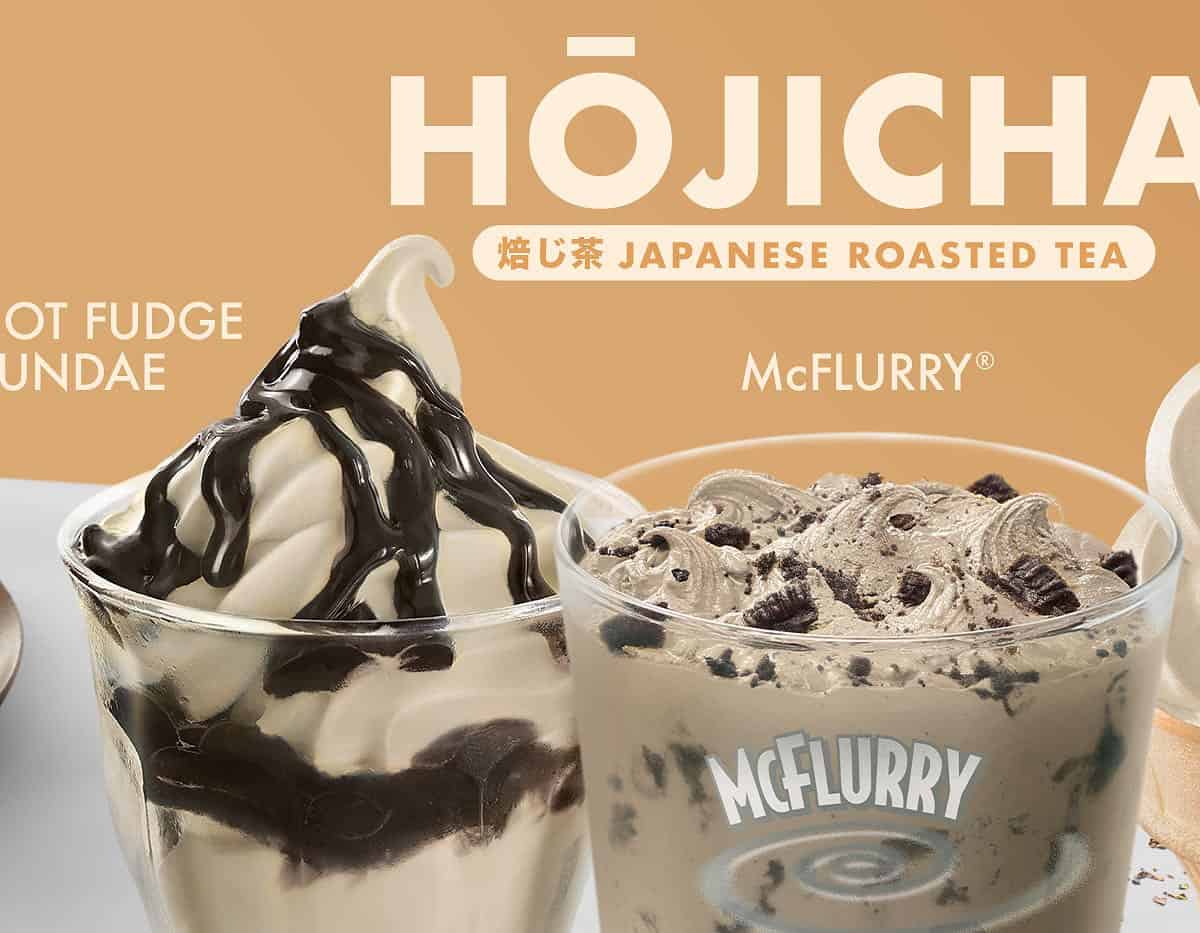Exploring the Unique Roasted Green Tea from Japan
Houjicha (Hōjicha) is a type of Japanese green tea that is known for its distinct flavor and aroma. Unlike other green teas, Houjicha is roasted, giving it a toasty, nutty taste and a warm brown color. This tea is becoming increasingly popular in Japan and around the world for its unique flavor profile and numerous health benefits.
Why is Houjicha popular?
Unlike other green teas, which are typically steamed or pan-fired, Houjicha is roasted over charcoal, giving it a distinct nutty and toasty flavor profile.
One reason for Houjicha’s popularity is its unique taste. The roasting process caramelizes the natural sugars in the tea leaves, giving the tea a slightly sweet and smoky flavor. This makes Houjicha a great alternative to other green teas for people who prefer a less grassy or astringent taste.
Another reason for its popularity is its low caffeine content. Because Houjicha is made from older tea leaves that have lower caffeine levels, it is a great choice for people who want to enjoy the taste and health benefits of green tea without the stimulating effects of caffeine. This also makes it a good choice for drinking in the evening or before bed.
Also, Houjicha’s popularity can be attributed to its versatility. It can be enjoyed hot or cold, and its toasty flavor profile pairs well with a variety of foods, from sushi to chocolate.
Overall, Houjicha’s unique taste, low caffeine content, and versatility make it a great choice for tea drinkers looking to expand their horizons beyond traditional green teas.
History of Houjicha
Houjicha originated in Kyoto, Japan, in the 1920s as a way to use up older tea leaves that were no longer suitable for making high-quality green tea. The tea leaves were roasted over charcoal, which not only gave them a unique flavor but also extended their shelf life.
Over time, Houjicha became a popular tea in its own right, with its own unique production methods and regional variations.
Production of Houjicha
Houjicha is made from tea leaves that have been grown in the shade for a few weeks before being harvested. This process produces a high concentration of amino acids and other nutrients, which give the tea its unique flavor and health benefits. After harvesting, the leaves are steamed to stop the oxidation process and preserve their green color.
The next step is where the magic happens – the roasting. The tea leaves are roasted at a high temperature, usually over charcoal, until they turn a warm brown color. This roasting process gives Houjicha its unique nutty and toasty flavor profile. The tea leaves are then sorted and packaged, ready for sale.
Variations of Houjicha
There are several variations of Houjicha, each with its own unique flavor profile and production methods. Some of the most popular variations include:
- Kuki Houjicha: made from the stems and stalks of the tea plant, giving it a lighter, sweeter flavor.
- Genmaicha Houjicha: mixed with roasted brown rice, giving it a nuttier flavor and aroma.
- Mugicha Houjicha: mixed with roasted barley, giving it a rich, malty flavor.
Health Benefits of Houjicha
Houjicha is a healthy beverage that is rich in antioxidants and other beneficial nutrients. The roasting process reduces the tea’s caffeine content, making it a good choice for those who are sensitive to caffeine. Some of the health benefits of Houjicha include:
- Boosting the immune system: Houjicha is rich in catechins, a type of antioxidant that has been shown to strengthen the immune system and protect against diseases.
- Reducing stress and anxiety: The L-theanine in Houjicha has a calming effect on the body and can help reduce stress and anxiety.
- Improving digestion: Houjicha contains tannins, which help to regulate the digestive system and improve gut health.
How to Brew Houjicha?
Brewing Houjicha is simple and straightforward. Here are some basic steps to follow:
- Boil water and let it cool for a few minutes until it reaches around 85-90°C.
- Add 2-3 grams of Houjicha to a teapot or cup.
- Pour the hot water over the tea leaves and let steep for 1-2 minutes.
- Strain the tea leaves and serve.
Some creative Houjicha recipes
While it is delicious on its own, hojicha can also be used to create a variety of creative and delicious recipes. Here are some ideas for using hojicha in your cooking:
- Houjicha Latte: Add a few teaspoons of hojicha powder to warm milk, whisk until frothy, and enjoy a delicious hojicha latte.
- Houjicha Ice Cream: Infuse hojicha leaves into cream and milk to make a custard base, churn in an ice cream maker, and enjoy creamy and smoky hojicha ice cream.
- Houjicha Cookies: Add hojicha powder to cookie dough to give it a unique and delicious smoky flavor. You can also add white chocolate chips or dried fruits for an extra twist.
- Houjicha Rice Pudding: Add hojicha powder to your favorite rice pudding recipe for a smoky and comforting dessert.
- Houjicha Glazed Chicken: Make a glaze by mixing hojicha powder with honey, soy sauce, and sesame oil. Brush the mixture over chicken before baking for a deliciously smoky and sweet flavor.
- Houjicha Granola: Mix hojicha powder with oats, nuts, and dried fruit, bake in the oven, and enjoy a healthy and delicious breakfast or snack.
- Houjicha Smoothie: Blend hojicha powder with frozen bananas, almond milk, and honey for a creamy and nutritious hojicha smoothie.
These are just a few ideas for using hojicha in your cooking. With its unique smoky flavor and aroma, hojicha is a versatile ingredient that can add a delicious twist to many recipes.
Differences Between Houjicha and Matcha
| Hojicha | Matcha | |
|---|---|---|
| Flavor | Smoky, nutty | Vegetal, slightly bitter, creamy |
| Appearance | Brown due to roasting | Vibrant green powder |
| Preparation | Steeped in hot water | Whisked with hot water to create a frothy texture |
| Caffeine Content | Lower | Higher |
| Uses | Often enjoyed as a tea | Used in cooking and baking, as well as enjoyed as a tea |
| Health Benefits | Rich in antioxidants, lower in caffeine, aids digestion | Rich in antioxidants, vitamins, minerals, and amino acids, boosts energy and metabolism |
| Price | Typically less expensive | Typically more expensive |
In summary, Hojicha and Matcha are both unique and delicious Japanese teas, but they differ in their flavor, appearance, preparation, caffeine content, uses, and price. While Hojicha is often enjoyed as a tea, Matcha is more versatile and can be used in cooking and baking as well.
Both teas offer a range of health benefits, but Matcha is higher in antioxidants and other nutrients, while Hojicha is lower in caffeine and aids digestion.
Conclusion
Houjicha is a unique and delicious type of Japanese green tea that is enjoyed by tea enthusiasts all over the world. With its nutty, toasty flavor profile and numerous health benefits, it’s no wonder that this tea is gaining in popularity.
Whether you’re a seasoned tea drinker or a curious newcomer, Houjicha is definitely worth trying.
Originally posted 2023-03-03 11:37:44.



